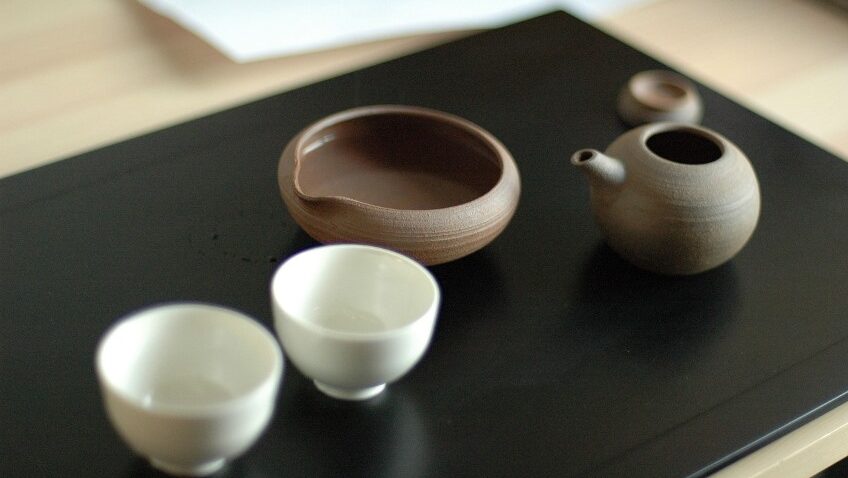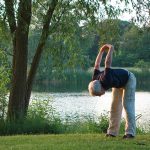You’ve probably noticed that if you decide to buy a white car of a particular brand, the whole town then drives one. Or if you or your friends have a baby and a lot of stroller walks are on the schedule, everyone around here starts rolling those strollers. And it’s not that reality adjusts to you or vice versa. It’s just that some part of life appears that you begin to notice. This is one of the laws of perception that you can use to your advantage.
Peculiarities of Perception
Perception is always subjective. It’s influenced by:
• Experience.
• Social status.
• Acquired attitudes.
For example, a woman who believes that “all men cheat” won’t physically notice the other, and moreover, every time she will look for confirmation of this judgement. Or a person who thinks that gambling is addictive has no doubt that it’s impossible to hit a jackpot, even if it’s a reliable online casino Canada. Even if the truth is unpleasant, we like it because it proves our own rightness.
In the 1940s, psychologist Jerome Berner conducted experiments with children. Participants had to determine what was bigger: a coin or a cardboard. Many overestimated the size of the coin, as its importance to the child above a piece of paper. And interestingly, children from poor families exaggerated more than their wealthy peers.
Wabi-Sabi
The Japanese aesthetic worldview suggests appreciating and enjoying what is:
• Simple (“wabi” – unassuming simplicity. modesty).
• Real (“sabi” – peacefulness, solitude, authenticity).
This includes:
• Garden art and ikebana.
• Tea ceremony.
• Ceramics.
• Monochrome ink painting.
• Poetry and other areas.
Wabi-sabi offers observation of nature, natural processes, including the harmony of ageing, to see beauty in simple things.
But most importantly, it recognises the dignity of imperfection. The ideal is unattainable and boring, while the different states of unique non-ideal simple objects attract attention.
Wabi-sabi is:
• Naturalness.
• The aesthetics of modesty.
• Acceptance.
Wabi-sabi in relation to oneself means unconditional love and attention not only to one’s virtues but also to one’s weaknesses, imperfect body and skin, stretch marks and wrinkles, and different emotional reactions.
3 Wabi-sabi Exercises
Learn to notice. This involves slowing down as much as possible and not rushing, looking at objects and people in the street, signs. Beauty is everywhere if you want to see it. You can try to set a timer for 20 minutes and look for 20 beautiful faces. You’ll be surprised, but you’ll find more in that time. Or you can arm yourself with a camera or a regular smartphone and find 20 beautiful things in an hour. For example, a still life, a reportage, or a landscape.
Describe emotions. Set a timer for every 3-4 hours and answer the question of how you feel. Try to define your state more accurately. There are no “bad” or “good” emotions, right or wrong, learn to live through and appreciate all manifestations. Sometimes it can be several emotions and feelings at the same time, sometimes they can contradict each other.
Do things that make you feel good. Make a list of resourceful things to do. Let them be small steps like a slice of your favourite chocolate, soft cozy socks, or petting your cat. Include them in each of your days, ideally in the breaks between work blocks, the productivity will only grow from this.
Photographers don’t take beautiful pictures because they have different eyes or hands in the right place. These people are training their eyesight. Seeing the beautiful around you is not a superpower, it’s just a matter of practice. Wabi-sabi allows you to slow down and restore your inner resources through aesthetics.




